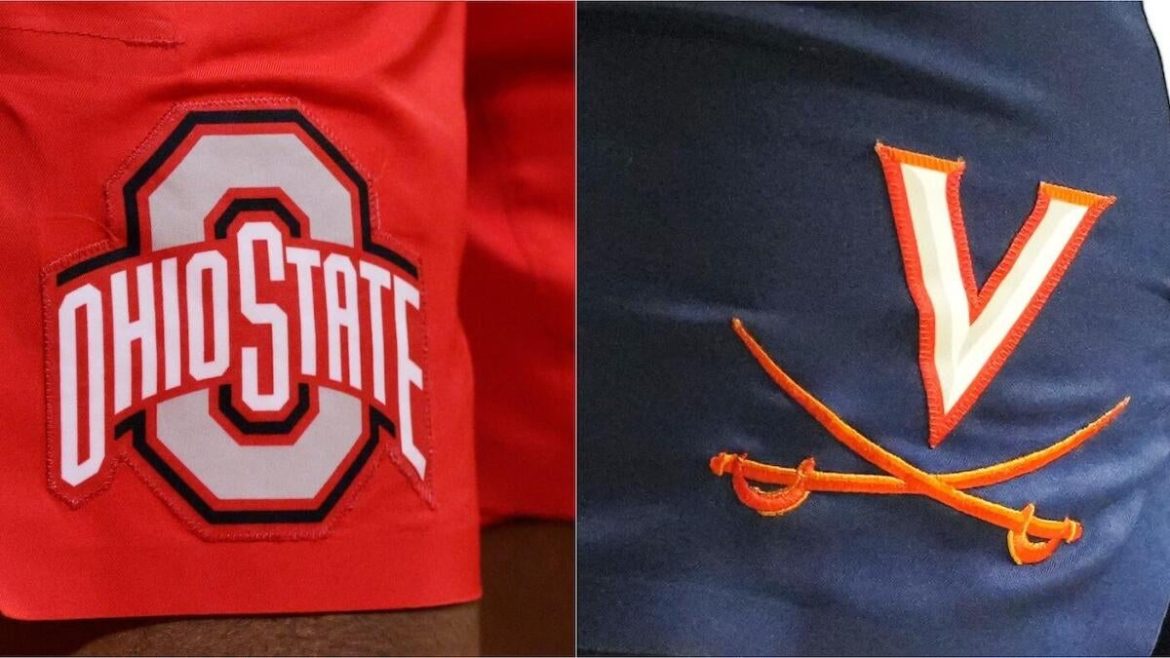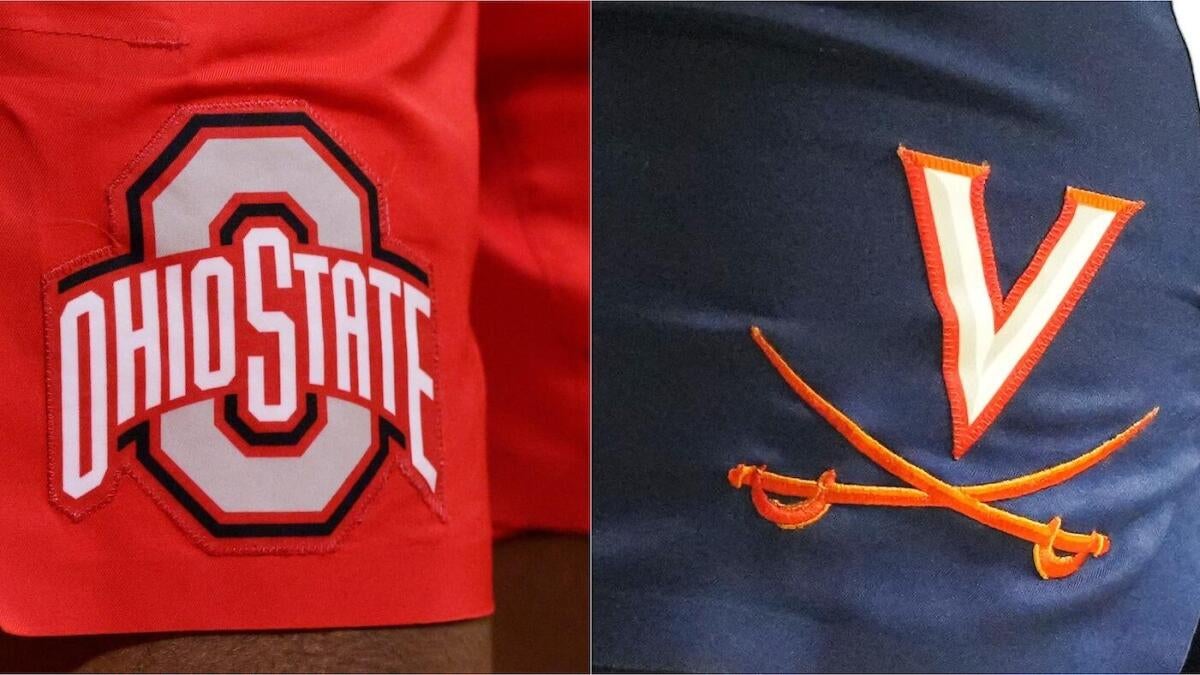The resurgence of high-profile nonconference matchups in college basketball and football has captured the attention of fans and analysts alike. The recent agreement between Ohio State and Virginia to face off in a nonconference game is a prime example of this trend, reflecting a strategic push to elevate the national profile of college sports and satisfy fans’ cravings for thrilling, competitive games outside of conference play. This revival is not just about entertainment; it represents a calculated move to enhance the competitive landscape, boost national exposure, and prepare teams for the rigors of conference play and postseason tournaments.
The Strategic Importance of High-Profile Nonconference Games
For decades, college programs have grappled with the dilemma of scheduling nonconference games. The balance between securing easy wins to bolster records and facing tough opponents to strengthen their strength of schedule has been a constant challenge. The return of marquee matchups, such as the upcoming clash between Ohio State and Virginia, addresses multiple strategic objectives.
National Exposure and Media Attention: High-profile games attract lucrative TV deals and increase national visibility, which is crucial for recruitment, funding, and institutional prestige. Ohio State, by adding Virginia—a perennial NCAA tournament contender—to its nonconference schedule, is clearly betting on the value of these benefits. This game extends beyond just an athletic contest; it becomes a marquee event with lasting impact on both programs’ seasons.
Competitive Preparation: Facing strong nonconference opponents better prepares teams for grueling conference schedules and postseason tournaments. The intensity and variety of competition that these games provide can help teams refine their strategies and adapt to different playing styles. For Ohio State, this means not only testing their mettle against a top-tier opponent but also ensuring they are ready for the challenges posed by the highly competitive Big Ten conference.
Fan Engagement: Fans relish the excitement of clash-of-titans style matchups, which are often rare in conference play. These games heighten attendance and viewership, creating a more vibrant and engaging atmosphere for both home and away fans. The Ohio State-Virginia game is expected to draw significant attention, not just from the respective fan bases but also from neutral observers who appreciate high-stakes college basketball.
The Trend Toward February Matchups and Its Significance
Traditionally, the bulk of significant nonconference games in college basketball occurred early in the season, during November or December tournaments. The Ohio State-Virginia agreement highlights a shift toward high-stakes February matchups, which carry deeper strategic implications.
Impact on NCAA Tournament Seeding: Late-season nonconference games provide additional data points for the selection committee, influencing bubble teams’ chances favorably or unfavorably. For teams on the bubble, a strong performance in a high-profile February game can significantly boost their resume and improve their seeding in the NCAA Tournament. Conversely, a poor showing can have the opposite effect, making these games crucial for postseason aspirations.
Maintaining Competitive Intensity: February can be a lull for nonconference fans and players alike, as the focus often shifts to conference play. Introducing top-tier games during this period reinvigorates the calendar, ensuring that the competitive intensity remains high throughout the season. This trend suggests a more dynamic, continuously engaging college basketball season that safeguards fan interest and competitive integrity right up to March.
Testing Team Resilience Late in the Season: These games come after months of play, so teams have developed chemistry and tactical depth, making the matchups more telling of a team’s true caliber. For Ohio State and Virginia, this game will serve as a litmus test for their readiness for the postseason, providing valuable insights into their strengths and areas for improvement.
Ohio State’s Broader Nonconference Scheduling Strategy
Ohio State is proactively adjusting its entire nonconference slate, not just with Virginia, to maximize benefits. Key moves include:
Future Adjustments through 2029 and Beyond: Games are being added and shifted, such as moving a contest against Nevada to a later date and introducing Youngstown State at Ohio Stadium. These adjustments demonstrate Ohio State’s commitment to a challenging and attractive schedule that balances competitive rigor with strategic foresight.
Financial Commitments and Payouts: Ohio State is investing millions to secure quality matchups. For 2029 alone, payouts near $4.5 million for games against Navy, Youngstown State, and others highlight the program’s dedication to attracting top-tier opponents. This financial investment underscores the importance of nonconference scheduling in enhancing the program’s competitive profile and national standing.
Balancing Conference and Nonconference Challenges: With the competitiveness of the Big Ten, supplementing conference play with strong nonconference opponents aids in maintaining a balanced strength of schedule. This approach ensures that Ohio State is well-prepared for the rigors of conference play while also positioning itself favorably in the eyes of the selection committee for postseason tournaments.
Impact on Conferences and College Basketball Landscape
Discussions around the SEC’s reputation and other power conferences underscore the heightened scrutiny accompanying programs’ scheduling philosophies. The Ohio State-Virginia game is set against this backdrop of conference dynamics and perceptions such as:
Erosion of Conference Dominance: High-profile nonconference games provide opportunities for programs outside dominant conferences to prove themselves and potentially disrupt presumed hierarchies. For example, a strong performance by a non-power conference team in a marquee matchup can challenge the notion of conference superiority and elevate the program’s national standing.
Grant of Rights and Contractual Complications: As conferences negotiate grant of rights agreements and contracts, carefully selecting nonconference opponents becomes a business decision with legal and risk management implications. Programs must navigate these complexities while ensuring that their scheduling strategies align with their long-term goals and conference affiliations.
Elevated Expectations from Fans and Media: The collective demand for marquee matchups places pressure on programs to avoid “safe” scheduling and embrace riskier, more rewarding games. Fans and media alike expect high-quality, competitive games that showcase the best of college basketball, and programs must rise to these expectations to maintain their relevance and appeal.
The Role of Players and On-Court Execution
The quality of these games depends on the talent and tactical execution. For example, Virginia’s Trey Murphy III, noted for his high efficiency in transition possessions, reflects the caliber of athletes engaged in these matchups. Ohio State’s multiple Big Ten Player of the Year selections also signal the high level of competition fans and analysts can anticipate.
Such nonconference games offer players invaluable opportunities to test their skill sets against premier opposition, preparing them for potential professional careers and enhancing team cohesion. For Ohio State and Virginia, this game will serve as a platform for their star players to shine and for the teams to refine their strategies in high-pressure situations.
Conclusion
The Ohio State-Virginia nonconference game agreement marks more than just a contest; it heralds a wider re-imagination of college sports scheduling. By reintroducing high-profile February matchups and investing in premier nonconference opponents, Ohio State is placing itself at the forefront of a strategic shift in collegiate athletics. This trend promises to enrich the competitive landscape, maximize fan engagement, and better prepare teams for postseason success. The ripple effects extend beyond a single game or season, influencing how programs and conferences view scheduling’s role in shaping college sports’ future.
For fans, players, and administrators alike, the revival of marquee nonconference games signals an exciting, more interconnected era where every game counts—and where strategic decisions off the court match intense battles on it. The Ohio State-Virginia clash is not just a game; it is a testament to the evolving nature of college sports, where the pursuit of excellence and the thrill of competition are paramount.





